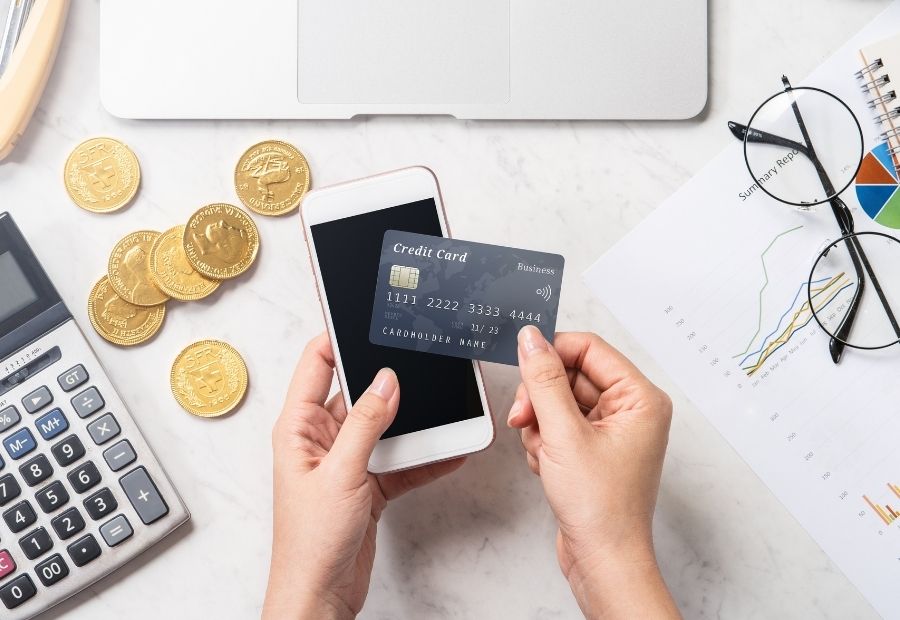This Article on IMPACT OF DIGITAL PAYMENT AND CYBER-SECURITY REGULATION; is written by SHIPRA DUBEY.
INTRODUCTION
The Digital India program is one of the most important agendas for the Indian Government with an imagination to transform India into a digitally empowered society. The mode of digitalization is to deal with the money digitally and it is also a paperless, cashless, and faceless with the growing economy there are 67% of the population is still from the rural areas and there 74% achieved the literacy rate. But when we compare the digitalization with the other countries in the world there is a lack of technical knowledge in the Indian population due to which the problem arises.
In the year 1987, the first form of digitalization i.e.; ATM (Automated Teller Machines) was introduced in India but it took more than twelve years for the people to accept it as a mode of transaction. As we have that has the year passed people understand the importance of ATM and other online transactions like UPI, BHIM, NET-BANKING, etc. but their drawback of it is the cybercrime the person should be aware of it and keeps the security of their transaction. According to the RBI report, Digital Neobanks help the customers to save their time because it requires only filling an app-based opt-in form and there is no necessity to visit a branch several times to open their account.
Indian customers welcome digital transactions that are moving away from physical cash. And there is an explosion of mobile technology and financial inclusion. At present, there is a rapid increase in digital transactions by the customer itself.
In the year 1990 ECS (Electronic Clearing Service) was introduced to ensure a safer and authorized payment system to the people. As the population increased the needs of the ATM also increased in the country to reduce the rush of the ATM, RBI (Reserve Bank of India) focus to introduce E-Banking in the country. In the year 2006, a National level e-Governance plan was initiated which help people to find an easy and fastest mode of transactions to transfer their funds. In 2008 National electronic clearing cell was launched to control multiple transactions in the corporate field. On 1 July 2015 Digital India campaign was launched to expand the e-banking and better internet facilities in the rural areas and also to develop reliable and digital infrastructure.
Various methods of Digital Payment Available in India
NFC or MST transmission waves platform
Many companies are making transactions through Near Field Communication (NFC) and Magnetic Secure Transmission (MST) Technology.
UPI App based payments platform
Through the UPI you can transfer your money without disclosing your IFS code and account number to the receiver.UPI facilities are available in all the private and public banks. UPI helps to transfer their money instantaneously.
USSD code payments system
If you are not having an internet facility, but still you can make your payment through USSD (unstructured supplementary service data) by following certain instructions you can easily make your payment even though your basic phone.
Mobile money identifier
It is a seven-digit unique number that is given by the bank once you registered your mobile number. Through mobile money identifier, a person can make only Rs 10,000 payment within a day. Almost all banks providing this facility to transfer a small amount of money.
QR code-based payments system
QR code is a different mechanism of making payment where you need to scan the QR code and do the transfer of payment. In India, the government launched the QR code to push the digital payment initiative in all the way.
CHALLENGES
Slow internet speed
The internet facility in India is very low as compare to the other countries due to which the people are facing problems in transactions. as we have seen that the average internet speed in India is 5.6mbps which still behind when compared with other countries.
Online payments
The online payment system is one of the primary forces impeding the growth of subscription and pay–per–view revenue models are the hassles that the consumer-facing while making an online payment. Online transaction is the account of low credit card penetration and person fear of using online transaction and credit card due to lack of experience online transacting and security threats.
CYBER FRAUD
In India every year there are thousands of people facing online financial fraud. And there are more than 50,000 cases of cyber fraud through internet banking, credit card, and debit card. And the risk involved in online banking becomes crucial for users to understand the importance of online banking. A single account hack can ensure millions of accounts being compromised as according to a report there are 3.2 million card details were stolen in a month in malware-related security breach. These cards are from customers of HDFC bank, SBI bank, ICICI bank and many are from ATMs.
The solution to Cyber Crime in Digital Payment
Security of password
The person should avoid sharing your ATM or net banking passwords with anyone and should not save their password on email or message texts.
Report lost card immediately
If your card is lost or stolen it is the duty of the customer contact your bank and immediately blocks the card to cyber fraud.
Check bank statements regularly
The person should check their bank statement at least once a week. If there is any suspicious activity then immediately reports to the and also to the cyber crime department.
CONCLUSION
Digital technology has arguably made our lives easier digital payment provides people greater freedom to individuals in paying their fees, fines, taxes, funds, and shopping without carrying cash. The government of India is taking all the beneficial steps for the people like demonetizations, digitalization, and etc. but society should also help the government to adopt all-digital facilities but should take care of cybersecurity so the hacker should not make any fraud with the customers. And if there is any online financial fraud one should complain to the national cybercrime report.
REFERENCES:
https://cashlessindia.gov.in/digital paymentmethods.html
Internet and Mobile Association of India (IAMAI) and Kantar IMRB, “Internet in India 2017” Report.
Disclaimer: The opinions and views in the articles and research papers published on this website; are personal and independent opinions of the author. The website is not responsible for them.
Legal Thirst has created a Telegram group for exchanging legal knowledge, Events, and various opportunities.
You can click on this link and join:
Follow Legal Thirst on Instagram and Subscribe to our YouTube channel for more amazing legal content.
Legal Thirst has created a telegram group for exchanging legal knowledge, Events, and various opportunities.
You can click on this link and join:
Follow Legal Thirst on Instagram and Subscribe to our YouTube channel for more amazing legal content.



